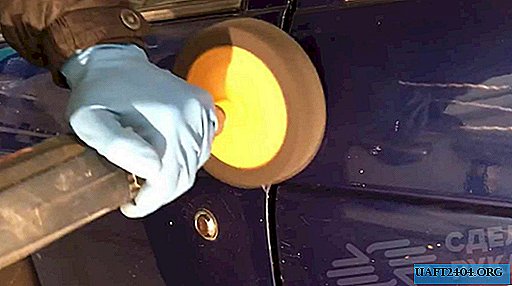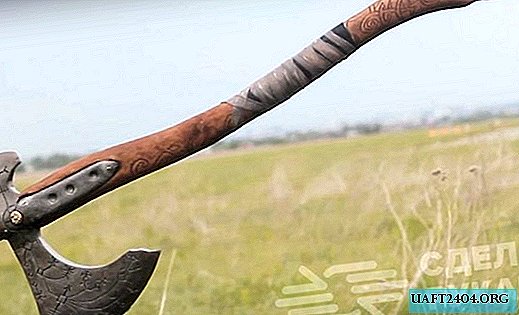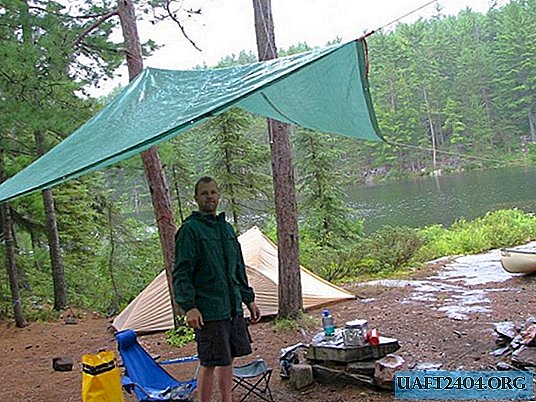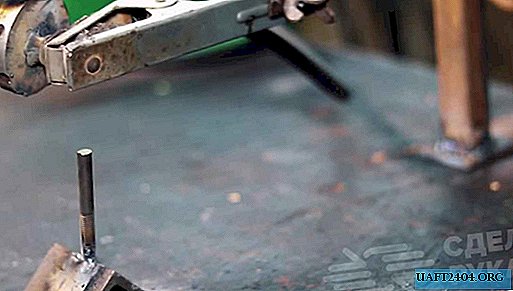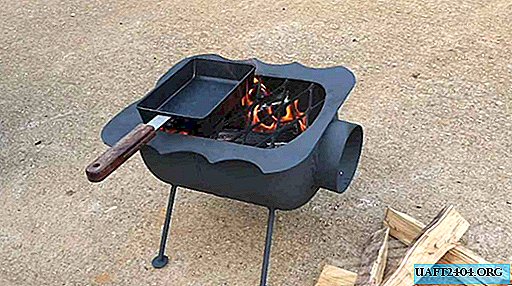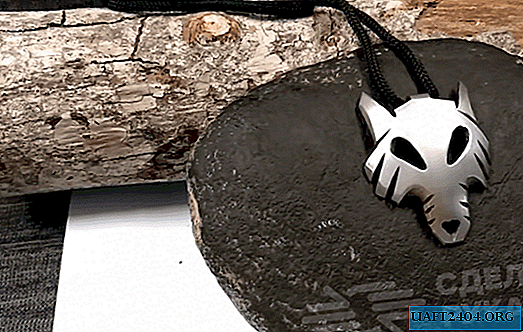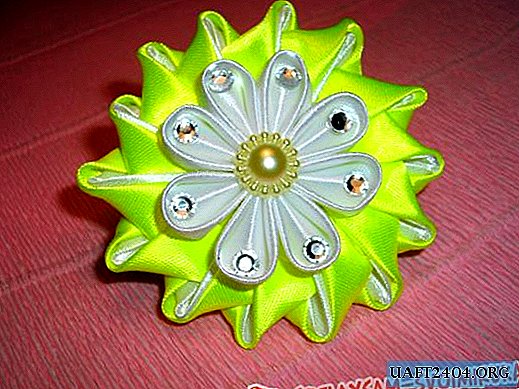Share
Pin
Tweet
Send
Share
Send
We are preparing the necessary.
In our case, you can consider it necessary to own your own hands, a sufficient amount of cord and base. There are various designs, but here is the most elementary, for its manufacture you do not need a drill, nor a machine, nor even a shuttle.
For the base, straight bars of any section are suitable. Your humble servant chose what was at hand - two shovel cuttings cut to the desired length (110 cm). The fact that the length of the base, we will have the width of a hammock, so choose the size of the bars based on your own anthropometric data. As a raw material for the canvas, the rope will fit, in principle, any in composition, however, it is worth considering this:
- natural ones are more pleasant in working form, it is more convenient to work with them, but if it is assumed that the finished product is always on the street, they will last a maximum of two seasons;
- artificial ones last longer, depending on the material they may differ in convenience for work, but contact with the body is always unpleasant;
- Combined can combine both the advantages of both options, and their shortcomings, so do not forget to feel them (literally) when buying, and ask about reliability, brand and durability.
I chose the third option, and I took the product of one manufacturer in different colors, you may prefer a one-color or two, three-color version to your liking. My choice was based on the fact that you will have to work with large lengths of cords, and colorfulness here comes in handy, especially if you get confused.
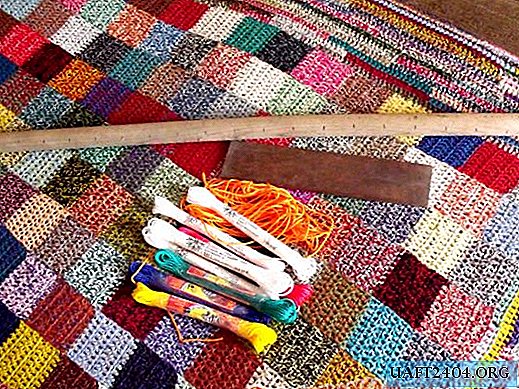
In the photo you see a small die, this is a template. In principle, you can do without it, but since it can’t be called special equipment, but it’s easier to work, I allowed myself to take it. Do you personally need it, decide after you read the description of the process.
The amount of cord is determined by its thickness, material, as well as the desired parameters of the hammock. Here the rope is 2.5 mm thick, which is quite enough (proved in practice) for a person weighing up to 75 kg, provided that we are talking about a canvas with a number of lines from 18-20, and the cord itself is artificial or semi-artificial. With natural raw materials, it is better to take the thickness with a margin, and in general, no one limits you to this. But it must be remembered that the thicker the rope, the greater its consumption, which is important when planning. With these parameters, for a hammock with a canvas of 200x100 cm, you need to prepare 150 meters of the cord.
If you initially cook less, it is fraught with problems with building and the appearance of extra nodules!
Getting to work.
We take one of the bars, and mark it according to the future number of lines. We have 20 of them, so we take 5 cm between the marks, and the extreme ones are a little more apart from the cuts - by 7.5 cm. For what we need this we will explain later. Cut the prepared cord into twenty segments of 7 and a half meters. Each such segment is folded in half and in the obtained middle part we are tied in the marked places to the base. Decide how to tie yourself, just try to be firm.

When we finish, we get a bar and twenty pairs of cords of 375 cm.

Now the die is useful to us. By the way, if you still decide to use it, then remember that its width determines the length of the side of the diamond cell. The smaller it is, the more knots and the greater the consumption of material, the more - the more uncomfortable and weaker the web will become. Optimal for myself, I think the option with a 5-7 cm "pattern", you can experiment. As for its length, the closer to the length of the base, the less times you will need to move it in a row. So, we apply a die-pattern to the base so that one of the cords of the pair appears from below, and the second from above.

Now the actual binding. In the first pair, we leave the lower lace, and connect the upper one to the lower of the next pair, and knit a knot. I am not a sailor and not a climber, therefore I call the chosen connection option "transfer with a broach".

By the way, it can also be used if you decide to abandon the template, but then you will have to mark the distance on the threads themselves to guarantee uniform travel. In any case, this is how we go to the very edge of the first line, where the last cord should remain free. After that, we rearrange the template for the resulting series of nodes, and perform the same actions, but with one difference - the free extreme cord is connected to one of the nearest pair.

When the second row of nodes is done, we will form the first row of diamond-cells. We rearrange the template die and perform the knitting identical to the first row.

So we go until we get the canvas of the intended length, the main thing is not to forget to tie the ends to the second half of the base.

Leaving the canvas in this form is not worth it - the extreme cells along the long side can quickly break. Therefore, we take another rope, one and a half to two times thicker than used (or just from the one that we have, we make a double cord) and step back a little from the extreme knot, tie it to the base. Then weaving it with an extreme thread, we stretch it along the entire length of the hammock, and tie it on the opposite bar.

Storage and installation.
If it’s not yet planned to go to nature, then our product can be folded-wound so that it takes up less space, and put into storage, since it can be shoved almost anywhere in this form.

When the desire to hang in the air overcomes the joy of just owning it, you can hook a hammock in your favorite place. There are even special mobile struts that can be used for this purpose. But, since our idea is to ignore any third-party devices, we simply go out into the garden, choose two suitable trees, and with the help of two thicker and stronger ropes we hook our product.

How exactly the height calculation is performed, we will not write, because everything here is purely individual, and depends on the length-width of the hammock, the raw materials and the thickness of the ropes, the distance between the supports and the weight of the potential bedridden. So experiment, work easy for you and have a nice rest!
Share
Pin
Tweet
Send
Share
Send

